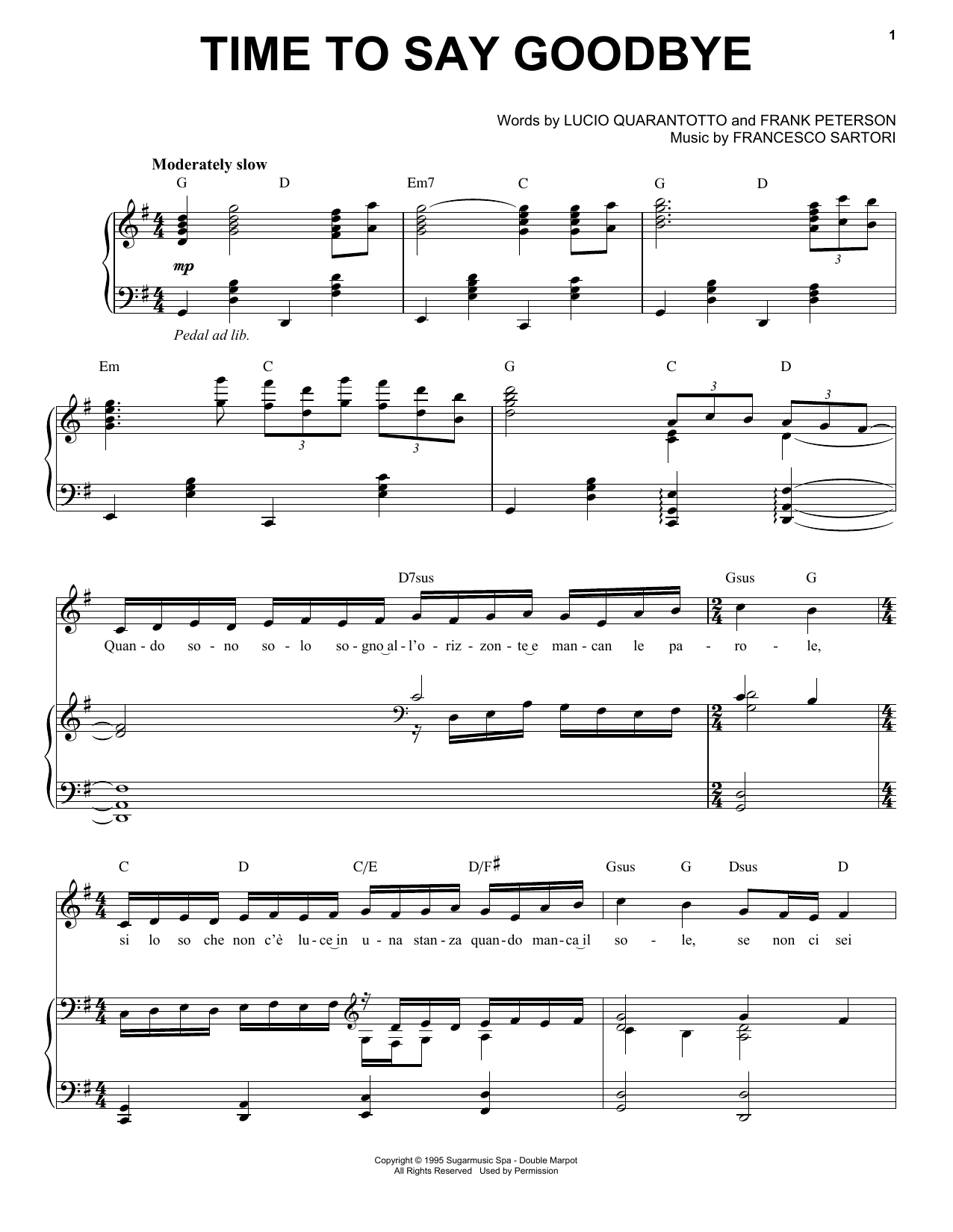


The thickest string is called the 6th string. The six strings of a guitar can be thought of in descending or ascending order. The Easiest Way to Begin Memorizing Guitar Notes and Strings with Acronyms Tuning it to smaller intervals would enable you to play melodies but not simple chords. If the guitar was tuned with larger intervals between each string, it would be difficult to play chords. String flexibility and tension: How well can you bend the strings and how much tension is on the guitar body? Use of open strings: How many keys and chords can use open strings? Playing melodies: Can melody lines be played without stretching too much? Playing chords: How easy is it to play groups of notes? The standard tuning system balances several factors: Why EADGBE? The short answer is that the standard tuning is the most practical and comfortable way for your hands to play both chords and melodies, a conclusion reached centuries ago. Around mid 1800s, the modern six-string classical guitar design was born with six strings and EADGBE tuning. Following constant experimentation and technological advancements, the body and design was modified to improve volume and tone. By the 16th century, the ADGBE tuning (same as the top five strings of the modern guitar) was commonly used. The modern guitar developed from earlier stringed instruments like the lute.


 0 kommentar(er)
0 kommentar(er)
